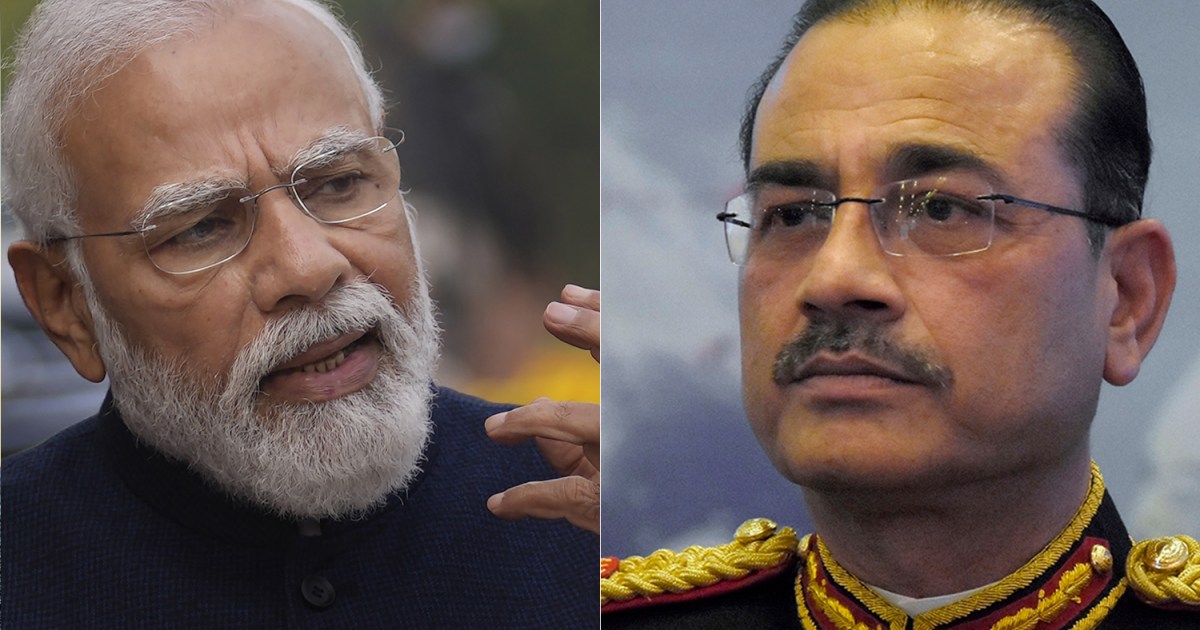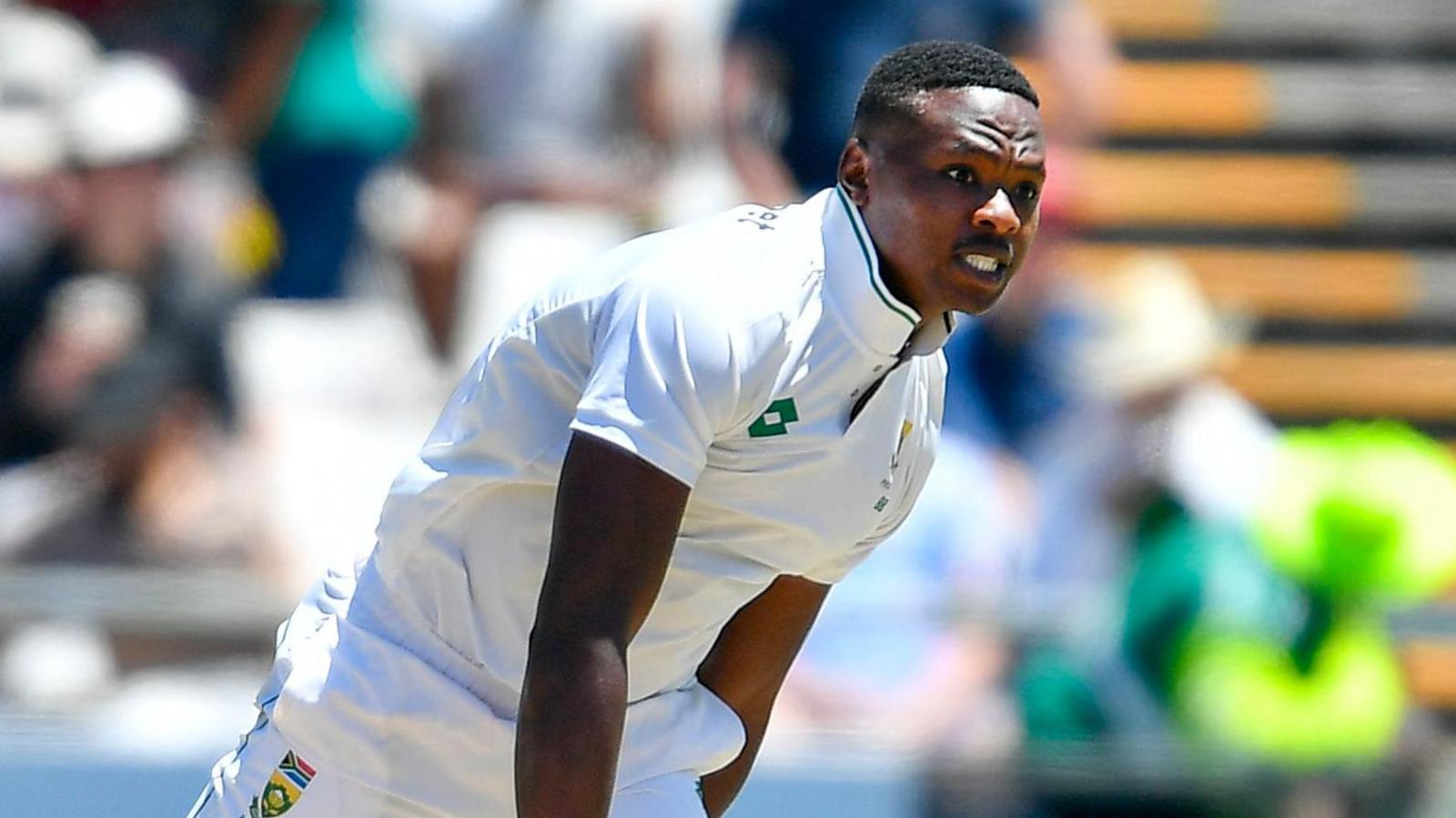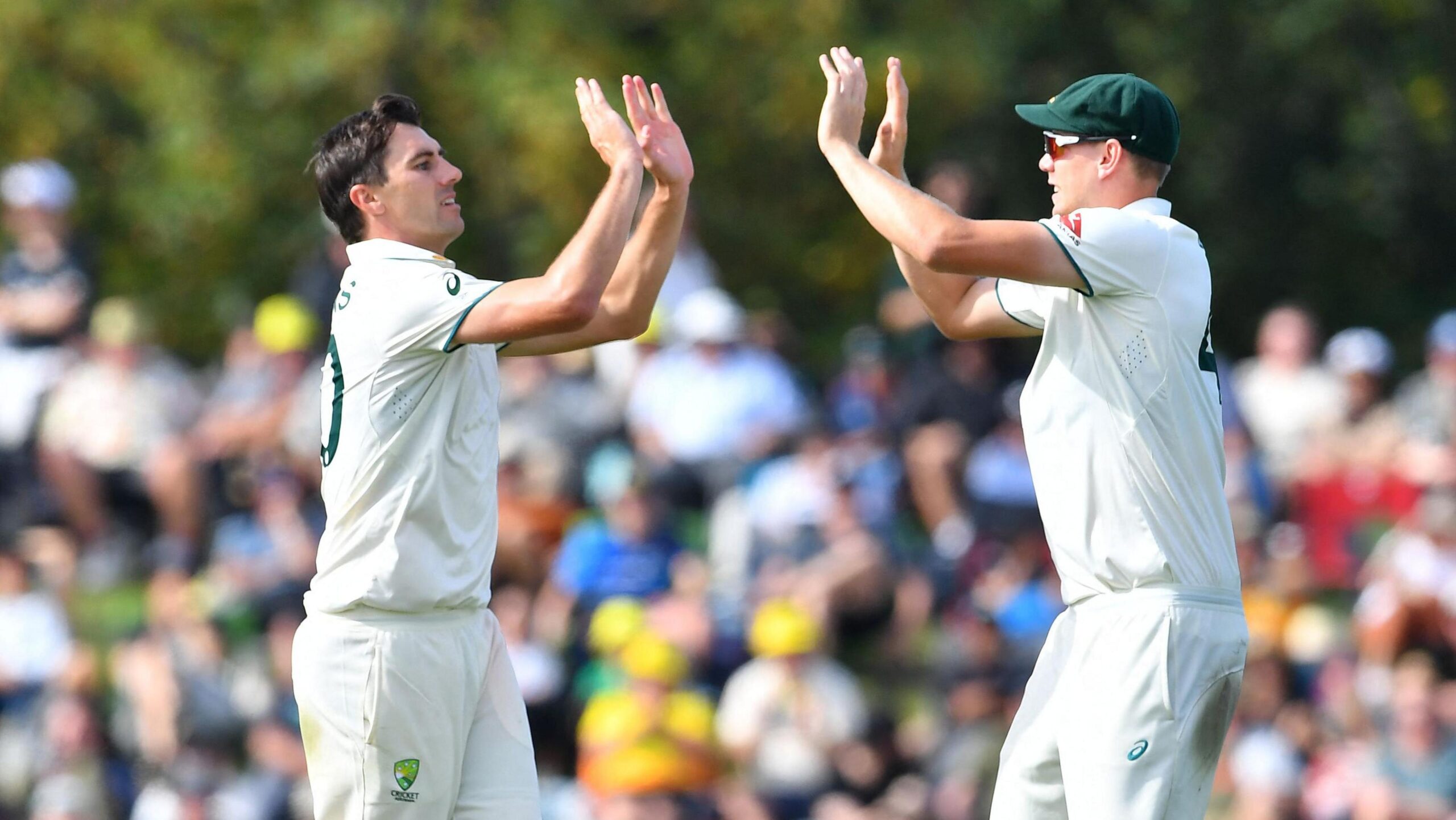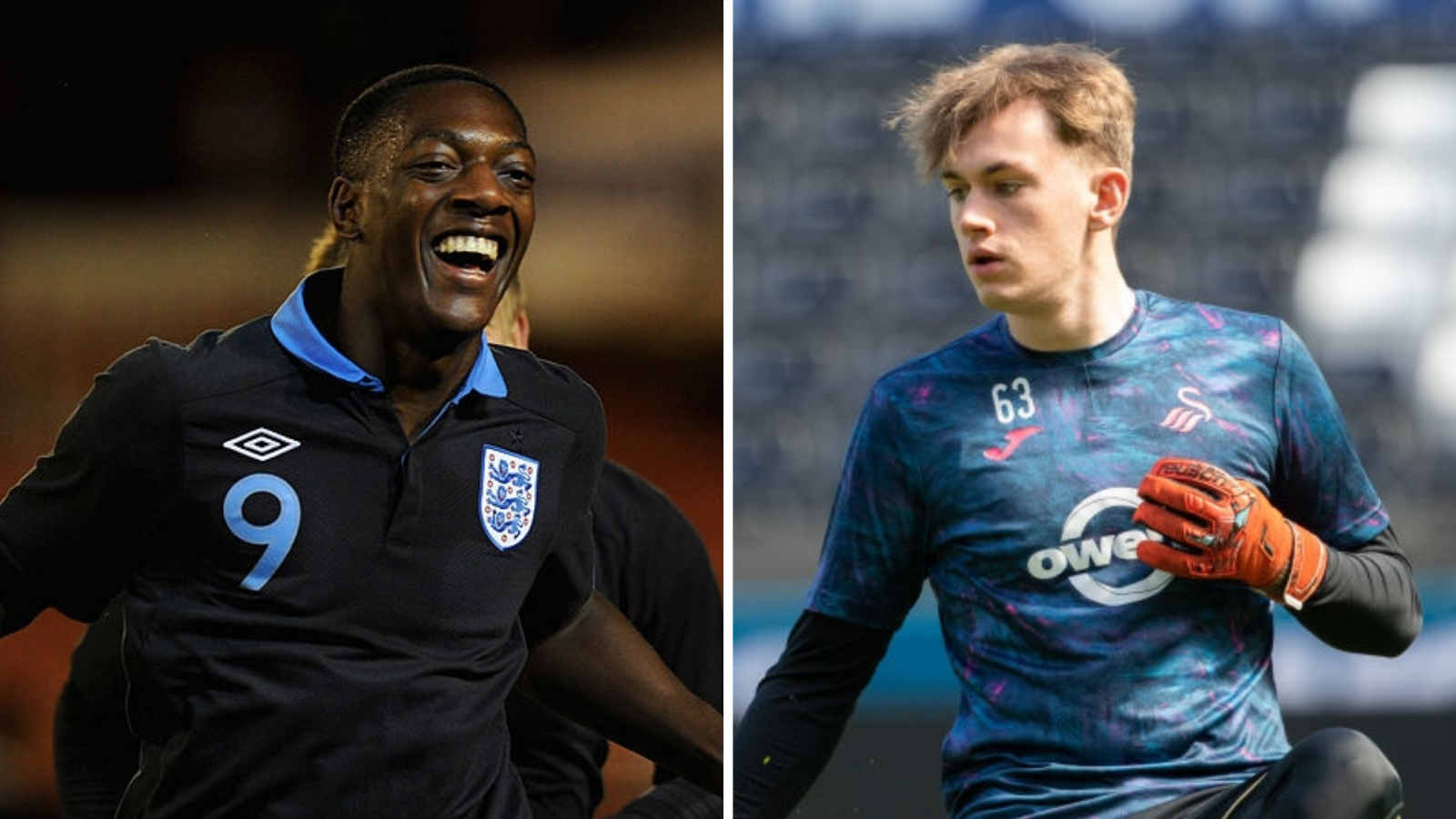New Delhi, India – Guns have fallen silent for now along the tense India-Pakistan frontier, after a ceasefire that appears to have held for three nights.
On May 7, India launched predawn attacks on what it called multiple “terror sites” across Pakistan to avenge the April 22 killing of 26 men, almost all of them tourists, in Indian-administered Kashmir’s resort town of Pahalgam. New Delhi accused Islamabad of backing the gunmen. Pakistan denied its involvement.
India’s aerial assault kick-started four days of heightened tension, as both neighbours fired missiles and drones at each other’s military installations in a rapidly escalating cycle that brought them to the brink of full-scale war.
Both sides have claimed to have decisively damaged, even destroyed, the other’s key strategic facilities, even though early evidence suggests more limited damage to military bases in both India and Pakistan.
Yet even as India and Pakistan arrived at a ceasefire that United States President Donald Trump insists his administration brokered, experts say something has indeed been decimated, potentially beyond repair: Old red lines that had defined the tense relationship between the South Asian neighbours.
“India and Pakistan have entered a phase of ‘armed coexistence’ with little room for diplomacy and a narrow margin for error, despite having a live and sensitive border,” Praveen Donthi, senior analyst at the International Crisis Group in New Delhi, told Al Jazeera.
“This situation does not bode well for either country or the region, because even accidental triggers could escalate into a war-like situation with no guardrails in place.”
India-Pakistan dispute: Who settles it?
The seeds of the India-Pakistan conflict were sown when their independence from British rule in 1947 was accompanied by a partition of the Indian subcontinent to create Pakistan.
Since then, the two neighbours have fought four wars, three of them over Kashmir, a region they both control partially along with China, which governs two thin slices in the north. India claims all of Kashmir, while Pakistan claims all parts other than the ones governed by China, its ally.
After their 1971 war that led to the creation of Bangladesh, India and Pakistan signed what is known as the Simla Agreement, which said “the two countries are resolved to settle their differences by peaceful means through bilateral negotiations.”
While Pakistan has often cited United Nations resolutions to argue for international involvement in the resolution of the Kashmir dispute, India has cited the Simla Agreement for more than half a century to insist that any negotiations between the countries be strictly bilateral.
To be sure, the US has since intervened to calm tensions between India and Pakistan: In 1999, for instance, President Bill Clinton pressured Pakistani Prime Minister Nawaz Sharif to withdraw troops from the icy heights of Indian-controlled Kargil, where they had entered. However, Washington publicly played coy about its role, allowing India to insist that the US had only helped with crisis management, not any dispute resolution mediation.
That changed on Saturday, when US President Donald Trump upstaged New Delhi and Islamabad to announce a “full and immediate” India-Pakistan ceasefire hours before the governments of Indian Prime Minister Narendra Modi or his Pakistani counterpart Shehbaz Sharif confirmed the development.
The next day, Trump went further. “I will work with you, both to see if, after a ‘thousand years,’ a solution can be arrived at concerning Kashmir,” he posted on his Truth Social platform.
And on Monday, merely 30 minutes before Modi was scheduled for his first address since India launched attacks in Pakistan, Trump told reporters at the White House that his administration had leveraged trade to reach a ceasefire. “Let’s stop [the fighting]. If you stop it, we’ll do a trade. If you don’t stop it, we’re not going to do any trade,” Trump said. “And all of a sudden they said, ‘I think we’re going to stop.’ For a lot of reasons, but trade is a big one.”
Such US mediation, were it to happen, would shatter India’s longstanding red line against mediation by other countries, say experts.
“India has consistently sought to avoid third-party involvement in the Kashmir dispute even as it has occasionally welcomed third-party help in crisis management,” Christopher Clary, a former Pentagon official and a non-resident fellow at the Washington, DC-based Stimson Center, told Al Jazeera.
When he spoke, Modi largely stuck to traditional positions he has taken after previous bouts of tension with Pakistan. He said “terror and talks cannot happen together,” and “water and blood cannot flow together,” a reference to the Indus Waters Treaty for sharing water between India and Pakistan, which New Delhi walked out of after the Pahalgam attack.
Unlike Pakistan PM Sharif, who expressed gratitude to Trump for brokering a ceasefire, Modi claimed that India had “only paused” its military action – noting the decision was taken bilaterally. He did not mention Trump or his administration.
Regardless, “the spectre of international intervention” in Kashmir has been resurrected, said Sumantra Bose, political scientist and the author of the 2021 book Kashmir at the Crossroads. He said India’s furious barrage of missiles and drones at Pakistan in response to the Pahalgam killings “catered to domestic jingoism but naturally roused global alarm”.
India might, however, be helped in avoiding actual US intervention in Kashmir by the immediacy of the Trump administration’s other foreign policy goals, like the conflicts in the Middle East and Ukraine, “that will divert already overburdened [American] policymakers to other tasks”, said Clary.
Unprecedented targets
According to Bose, India and Pakistan crossed not just red lines, “but a Rubicon by attacking numerous high-population targets in cities and towns” last week.
India, in its most expansive offensive against Pakistan outside full-blown wars, said it hit “terrorist infrastructure” on May 7 as part of what it called Operation Sindoor. That was a reference to the vermillion that married Hindu women apply to their forehead, and an allusion to the manner in which the Pahalgam attack appears to have unfolded: Multiple witness accounts suggest the attackers segregated the men, then picked and hit non-Muslims.
Modi claimed, in his Monday statement, that the Indian attacks had killed more than 100 “terrorists”. Pakistan has insisted that only 31 civilians – including two children – were killed in the May attacks.
Yet both sides agree that the Indian missiles struck not just two cities – Muzaffarrabad and Kotli – in Pakistan-administered Kashmir, but also four cities in Pakistan’s Punjab province, the county’s economic heart and home to 60 percent of its population. The targets were Bahawalpur, Muridke, Shakar Garh and a village near Sialkot. This was the first time that India had struck Punjab since the 1971 war.
As tensions spiked, India accused Pakistan of unleashing a swarm of drones towards it – a charge Islamabad denied. Then India launched a wave of drones that reached Pakistan’s biggest population centres, including its two biggest cities, Karachi and Lahore. In the early hours of May 10, India and Pakistan fired missiles at each other’s military bases across multiple provinces – far beyond disputed Kashmir – even hitting a few.
Pakistan, which called its campaign Operation Bunyan Marsoos (a structure made of lead, in Arabic), targeted Indian air force bases and missile storage facilities in Drangyari, Udhampur, Uri and Nagrota (all in Indian-administered Kashmir), as well as in Pathankot, Beas and Adampur in Indian Punjab and Bhuj in Gujarat, Modi’s home state. Indian armed forces said that while they shot down most incoming missiles and drones, four air force bases suffered “limited damage”.
“We don’t know what the quantum [of Indian losses] are, but clearly Pakistan has demonstrated capability to impose costs on India even as we try to impose costs on them,” Indian military historian and strategic analyst Srinath Raghavan told Al Jazeera.
“Regarding red lines, another thing Pakistan sought to demonstrate was that they could keep this [the fighting] going till they had hit Indian military installations in retaliation.”
Meanwhile, India too targeted the Nur Khan airbase near Rawalpindi, Murid airbase in Chakwal and the Rafiqui airbase in Shorkot.
“India has shown that it is willing and capable of carrying out more strikes across the border, whether it’s a terrorist or even military infrastructure in Pakistan,” Raghavan said. India’s response went far beyond what happened in 2019, when Indian jets bombed what they described as a “terrorist camp” in Balakot, in Pakistan’s Khyber Pakhtunkhwa province, after a suicide bomber killed more than 40 Indian paramilitary soldiers.
Now, the 2025 attacks will serve as the new baseline for India, experts said.
“India would respond [in the future] on a similar scale, perhaps even a little bit more. Given the way both Balakot and the current crisis have played out, that should be the expectation,” said Raghavan.
Other weapons: Water to peace pacts
It isn’t just missiles and drones that the two sides fired at each other, though.
Right after the Pahalgam attack, India suspended its participation in the Indus Waters Treaty, a 1960 agreement that had previously survived three wars – in 1965, 1971 and 1999 – unscathed. The treaty gives India access to the waters of the three eastern rivers of the Indus basin: The Ravi, Beas and Sutlej. Pakistan, in turn, gets the waters of the three western rivers: The Indus, Jhelum and Chenab.
The river system is a vital lifeline for Pakistan, which relies on its waters. India, as the upper riparian state, has the ability – in theory at least – to restrict or stop the flow of the water into Pakistan. Islamabad described New Delhi’s decision to walk away from its obligations under the Indus Waters Treaty as an “act of war”.
In an incendiary remark at the peak of the tensions, Pakistani former Foreign Minister Bilawal Bhutto said “either the water will flow, or their blood will,” seemingly referring to Indians.
Three days after the ceasefire was announced, India has still not recommitted itself to the pact. In his speech on Monday evening, Modi’s statement that “blood and water cannot flow together” signalled that New Delhi had not yet decided to return to the treaty.
New nuclear threshold?
Even as India and Pakistan ratcheted up their measures – first diplomatically, then militarily – against each other, the rest of the world was spooked by the prospect of what could have turned into a full-blown war between nuclear-armed neighbours.
Up until now, that reality of nuclear weapons has affected India’s decisions in terms of how it treats its tensions with Pakistan, said Clary, the former Pentagon official. “India’s goal is to punish Pakistan without risking nuclear danger,” he said.
But on Monday, Modi appeared to suggest that New Delhi was reassessing that approach. “India will not tolerate any nuclear blackmail. India will strike precisely and decisively at the terrorist hideouts developing under the cover of nuclear blackmail,” he said.
Modi’s comments pointed to a “fundamental shift that has occurred in relations between India and Pakistan”, Donthi, the International Crisis Group analyst, said. “Both sides are willing to take greater risks and explore the potential for escalation below the nuclear threshold. However, there is very little space there, effectively making the euphemism of the region being a nuclear flashpoint truer than ever.”
Armed group or Pakistani government? No difference to India
Modi’s comments on “nuclear blackmail” weren’t the only ones that marked a break from the past.
When India launched attacks against Pakistan on May 7, it emphasised that it was only targeting “terrorist” bases and not attacking Pakistani military installations. However, on Monday, Modi said that in future, “India will not differentiate between the government sponsoring terrorism and the masterminds of terrorism.”
That position raises the danger of war, said experts.
“The conflation of terrorists and their (alleged) backers – namely, the military and the government – portends serious risks,” Donthi said. “It assumes that they are in lockstep. Such an assumption doesn’t take into account facts such as the seemingly successful ceasefire.”
India and Pakistan had signed a ceasefire along the Line of Control (LoC) in 2003 and had renewed it in 2021. Despite cross-border firing along the LoC, the ceasefire had largely held until last week.
With the threshold for a military conflict lowered, “the situation has become precarious,” Donthi said.








